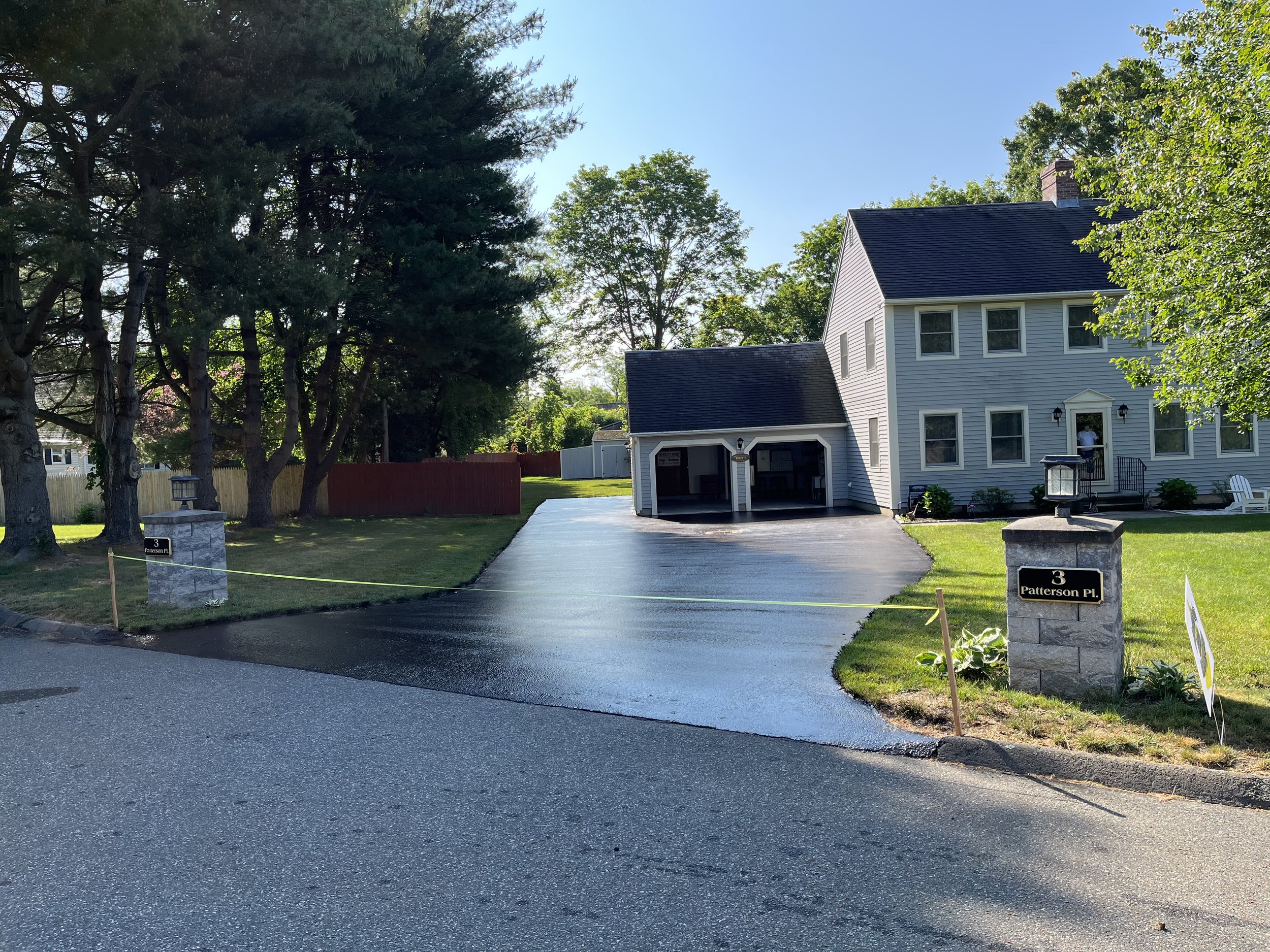Lengthen Pavement Life-span: Innovative Cold Mix Asphalt Sealing
Lengthen Pavement Life-span: Innovative Cold Mix Asphalt Sealing
Blog Article
Cold Mix Asphalt Vs. Hot Mix Asphalt: Which Is Right for You?

Make-up Differences
Cold mix asphalt is created by emulsifying the asphalt binder with water and an emulsifying representative prior to mixing it with accumulation. The warm mix asphalt manufacturing procedure includes heating up the accumulation and asphalt binder independently prior to incorporating them at the asphalt plant.
In addition, cool mix asphalt often tends to be much less dense and extra adaptable than hot mix asphalt. This flexibility makes it far better matched for locations with greater degrees of movement, such as driveways or roadways with hefty website traffic. On the other hand, hot mix asphalt is known for its high toughness and resistance to rutting and fracturing, making it a recommended selection for freeways and high-traffic roadways where durability is vital.
Installation Process Variations
The procedure of mounting cool mix and hot mix asphalt shows noteworthy variations in their treatments and demands. In contrast, warm mix asphalt requires a more sophisticated installment process. Due to the heating requirements, warm mix asphalt installations are usually lugged out by experts with specialized devices, making certain a more long-term and structurally sound outcome.
Resilience and Durability Factors
When thinking about asphalt choices, toughness and longevity are crucial elements to assess for long lasting pavement performance,. Hot mix asphalt (HMA) is known for its extraordinary toughness and durability. The heats throughout the laying and blending process enable better compaction, leading to a denser and stronger pavement framework. This results in HMA being extra immune to heavy traffic loads, rough weather conditions, and the results old contrasted to cool mix asphalt (CMA)
In terms of durability, HMA usually exceeds CMA due to its premium stamina and resistance buildings. HMA sidewalks have a longer life span, calling for less constant repairs and upkeep, which can translate to set you back savings over time. Furthermore, HMA pavements are extra easily personalized to meet specific job requirements, additionally enhancing their durability.
Cost Considerations
Considering the financial implications is an important facet when evaluating the choice between warm mix asphalt (HMA) and cool mix asphalt (CMA) for sidewalk tasks. While the first price of warm mix asphalt is typically higher than that of cold mix asphalt, HMA frequently offers a more affordable option in the long run due to its exceptional sturdiness and longevity.
In addition to product expenses, it's vital to consider the expenses connected with installation and upkeep when comparing HMA and CMA. HMA typically requires specific devices and competent labor for appropriate setup, which can affect overall task expenses. On the other hand, CMA is easier to work with and can often be go to this web-site used utilizing simpler techniques, potentially decreasing installment expenses. Inevitably, the choice between HMA and CMA should take right into account not just the first price but additionally the long-term financial implications to identify one of the most economical option for the certain pavement task.
Environmental Impact Contrast
Contrast of the ecological impacts between hot mix asphalt (HMA) and cool mix asphalt (CMA) reveals unique differences in sustainability methods. HMA production needs high temperatures, leading to boosted power usage and greenhouse gas discharges.
Additionally, using CMA usually entails reusing existing asphalt sidewalk, promoting source preservation and reducing the quantity of waste sent out to garbage dumps. This recycling facet additionally improves the sustainability of CMA compared to HMA. Overall, when considering the environmental impact, CMA becomes an extra ecologically sustainable option due to its reduced power demands, reduced discharges, and the capacity for reusing existing products. view By choosing CMA over HMA, roadway building projects can add favorably to ecological preservation efforts.
Final Thought
In conclusion, the option in between cold mix asphalt (CMA) and warm mix asphalt (HMA) relies on different elements such as make-up, setup procedure, resilience, durability, cost, and environmental effect. asphalt patch repair. While CMA supplies a cost-efficient and fast remedy for minor repair work, HMA ensures superior durability and long life for rush hour locations. Consider these factors thoroughly to figure out which kind of asphalt is the right choice for your paving needs

Considering the economic implications is a critical aspect when reviewing the choice in between hot mix asphalt (HMA) and chilly mix asphalt (CMA) for sidewalk projects. While the initial price of hot mix asphalt is normally greater than that of cold mix asphalt, HMA commonly provides an extra cost-effective service in the lengthy run due to its premium resilience and long life. asphalt patch repair.Contrast of the environmental impacts between hot mix asphalt (HMA) and cool mix asphalt (CMA) reveals unique distinctions in sustainability techniques.In final thought, the selection between chilly mix asphalt (CMA) and hot mix asphalt (HMA) depends on different variables such as composition, setup procedure, durability, longevity, expense, and ecological impact
Report this page